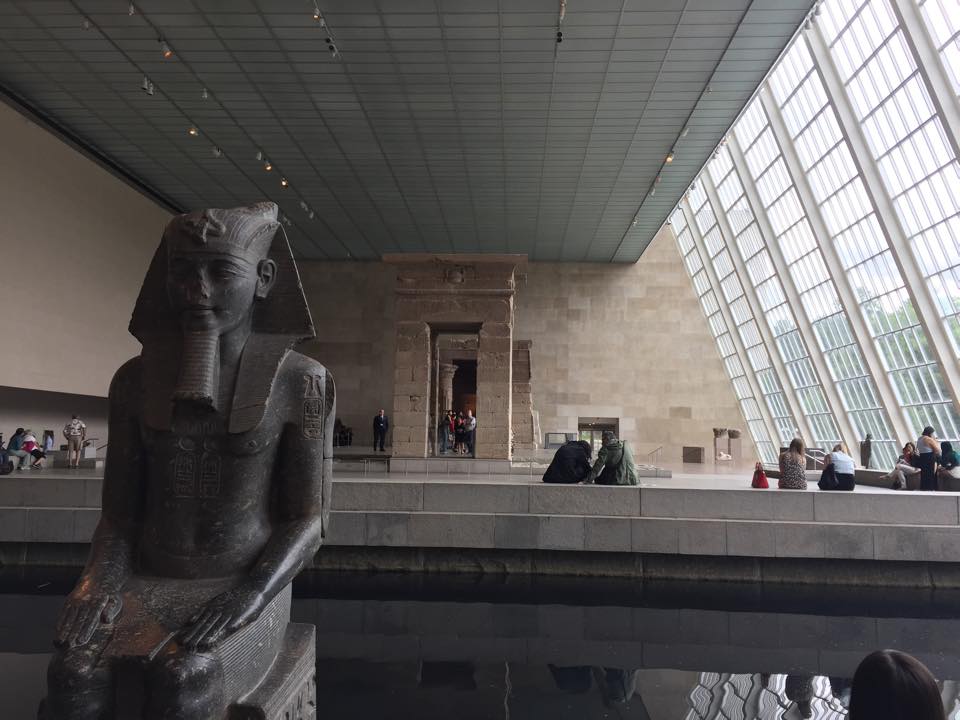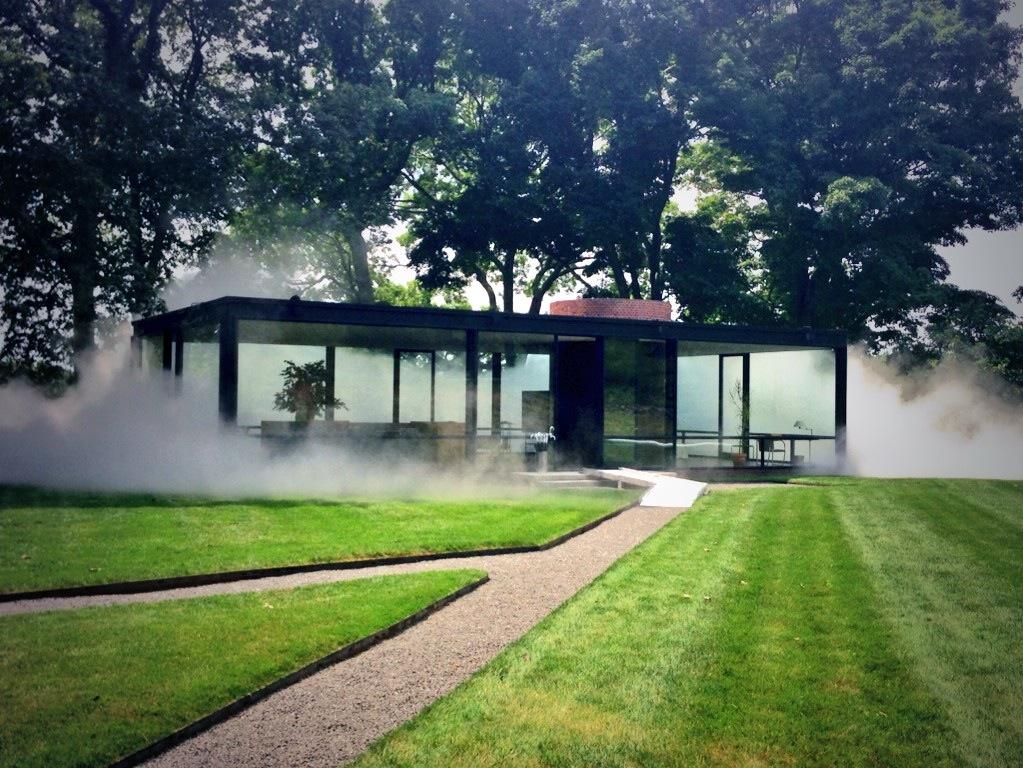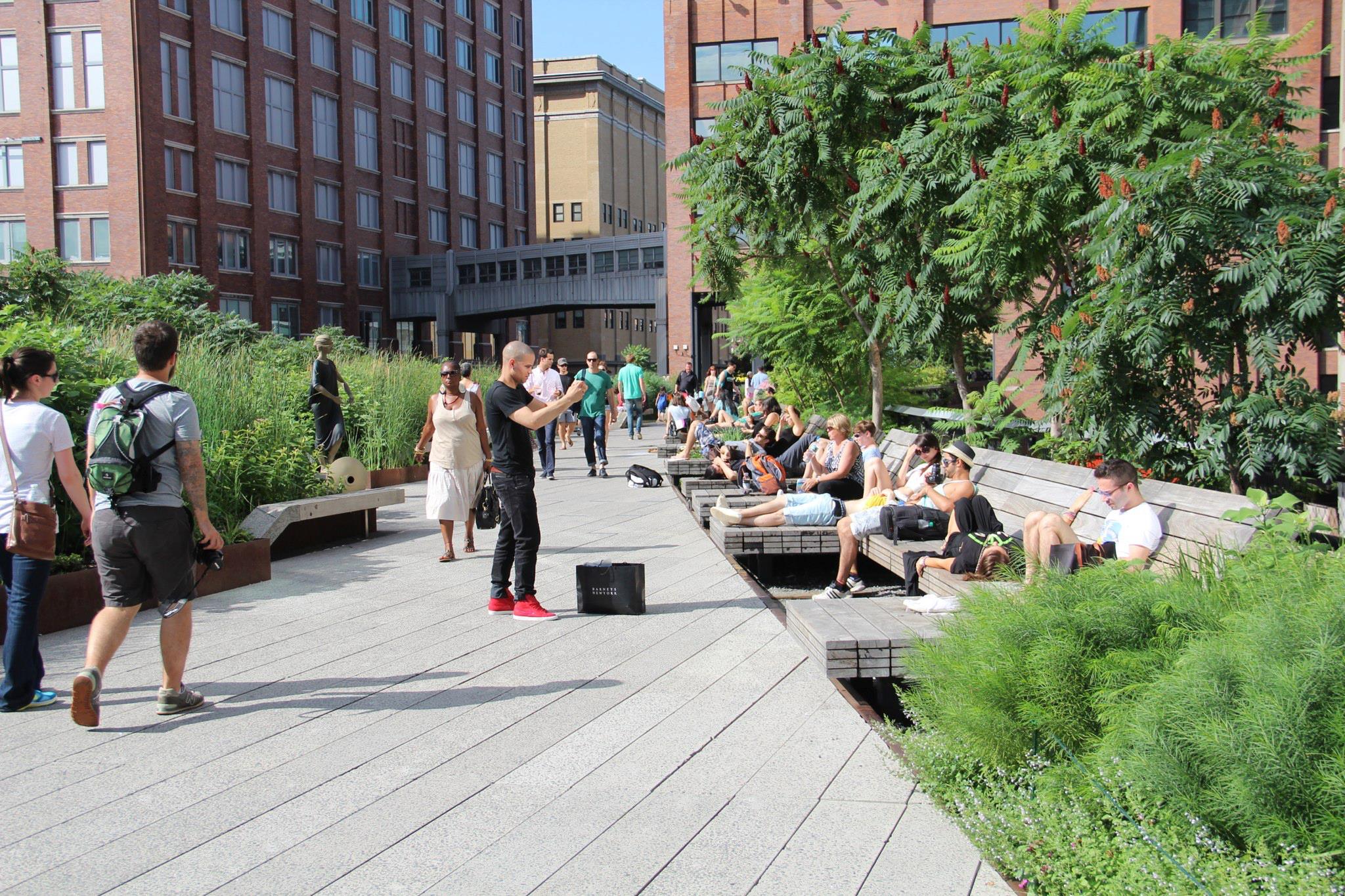by Julia Mandell,
We are excited to bring you the 3rd of 4 EQxD “U” Workshops - Negotiation is Your Power Tool. August 13th, 2015 @AIASF 130 Sutter St, San Francisco 6pm - 8:30pm
At this interactive workshop we will discuss and learn strategies for achieving success in various negotiations from salary discussions to contracts. According the the 2014 Equity in Architecture Survey, negotiation skills are sorely lacking in our profession. The survey found that less than 35% of all respondents, regardless of gender, negotiated their current salaries. Those who had negotiated salary increases experienced similar rates of self-reported success, and successful negotiators of both genders made more money on average than their non-negotiating counterparts. While this is encouraging data, successful negotiation is a well-honed skill that requires a deep understanding of all the potential factors that influence positive outcomes.
The session will feature 4 professionals from architecture, construction, planning, and human resources who excel at negotiation in their various roles. Following a summary of key survey findings on negotiation and salary, we will engage the panelists in a question and answer session before participating in role-playing activities to strengthen our negotiation skills. Start refining your knowledge and developing your skills at our workshop.
8/13 Negotiation Workshop Agenda
Networking & Refreshments 6pm - 6:15pm
Introductions/Welcome 6:15 - 6:25pm
Panel Discussion 6:25 - 7:15pm
Break/Transition 7:15 - 7:20pm
Negotiation Role Play 7:20 - 8:10pm
Conclusions 8:10 - 8:30pm
MEET THE PANELISTS!
Laurie Dreyer
Director of Human Resources, Harris & Associates
Laurie brings to Harris over 32 years of experience in HR leadership positions for such companies as Ratcliff Architects, Gensler, Psomas and Anshen+Allen/Stantec. Laurie has found her career calling as a human resources specialist and teacher. Her proudest moments are the times she’s able to help, teach or support someone. And she does all of those often at Harris— teaching classes, developing employee learning programs and enhancing recruitment efforts to build the best teams.She has also taught at the AIA, AEBL, Senior Executives Institute of ACEC, and Design Leadership events. Laurie has also been a popular presenter at several negotiation workshops at past years' AIASF The Missing 32% and Equity by Design Symposia.
Julia Laue AIA, LEED AP
Principal Architect & Manager, Building Design and Construction, San Francisco Public Works, City and County of San Francisco
As Principal Architect and Manager for Building, Design and Construction Julia’s focus is on excellence in Project Delivery and Design for the City's great civic projects. She oversees 155+ architects, landscape architects and construction managers and employs many private architecture and engineering firms throughout the City. Having come from the private sector, for the last 2+ years she has been working towards the establishment of a culture of excellence within this office. Prior to her current position at the City of San Francisco she was Project Director and an Associate Partner at NC2 Studio and Vice President and Senior Project Manager at SB Architects.
Marc Pfenninger, AIA, LEED AP
Principal, San Francisco, STUDIOS Architecture
Marc joined STUDIOS’ San Francisco office in 1999. During his tenure, he has led civic, institutional, and commercial projects for education, high-tech, law, and other client types. With his in-depth knowledge of the construction industry and solid understanding of technical implementation and field administration, Marc is adept at managing and designing technically complex projects. Most recently, Marc was a key project architect for the retrofit and renovation of the California Memorial Stadium at UC Berkeley, which includes 145,000 sf of new training and development facilities, seismic and program upgrades to the existing structure, and a new press box. He has also served as project designer for several high technology office and campus projects, including Exactly Vertical, Excite@Home, Silicon Graphics, and SoftNet.
Alec Banta
Senior Project Manager, McCarthy Building Companies
Alec has been working with McCarthy for over 11 years, overseeing a number of high profile projects in Silicon Valley and the Sacramento Valley regions. An expert in design-build, Alec recently completed the Capital Improvement Project II for the College of San Mateo and the fast-track Housing and Healthcare Facility in Stockton. A natural communicator, Alec is a skilled consensus builder capable of managing large, complex teams. Alec is currently serving as the senior project manager for the new parking garage at Westfield Valley Fair in San Jose. He holds a Bachelor of Science in Construction Management from California State University, Chico.
Negotiation Flipped Classroom
(Strategies and Resources to read before you attend):
- Negotiation is your Power Tool by Rosa Sheng, AIA YAF Connection April 2015
- Thomas-Killman Conflict Mode Instrument Sample Report
- Moving Past Gender Barriers to Negotiate a Raise by Tara Segal Bernard, NYTimes 3/24/14
- Ask for a raise? Most women hesitate. Jennifer Ludden, NPR 2/8/11
















